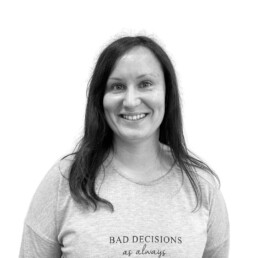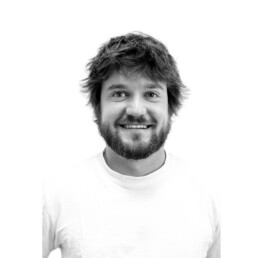
Internal Cycle of Seminars at IMEDEA (CISI) consist on a cycle of seminar presentations given mainly by doctoral students, masters and junior postdocs, although it is not closed to other staff, such as visitors and staff, that take place every Friday from 12:00 p.m. to 12:30 p.m in the seminar room os IMEDEA.
This represents a great opportunity to learn more about the research carried out at the Institute and to bring those with less experience , the chance of increasing their presentation and public speaking skills. Afterwards, there will be coffee and some biscuits 😉 We strongly encourage you to participate. Join us!
Previous Seminars
Internal Cycle of Seminars IMEDEA - Alexandre Paris- «Numerical modeling of landslide tsunamis & Long term modeling of sandy beaches morphodynamical evolution»
Abstract
As a new postdoc here, I will present my thesis work on landslide tsunamis and my previous postdoc on beaches morphodynamics.
During my PhD I compared a depth-averaged 2D model with a 3D model, OpenFOAM. Here I will mainly present two applications of the 2D model, on two events, the 2017 Karrat Fjord, Greenland, and 2018 Krakatau, Indonesia tsunamis.
The second part of the seminar will be dedicated to two methods I developed to model the long term (two months to two years) morphodynamical evolution of a sandy beach. Both methods use a one-line equilibrium model, ShoreFor, and a 2D depth-averaged model, XBeach, and are tested on the beach of Duck, North Carolina, USA.'
Link to the video here







